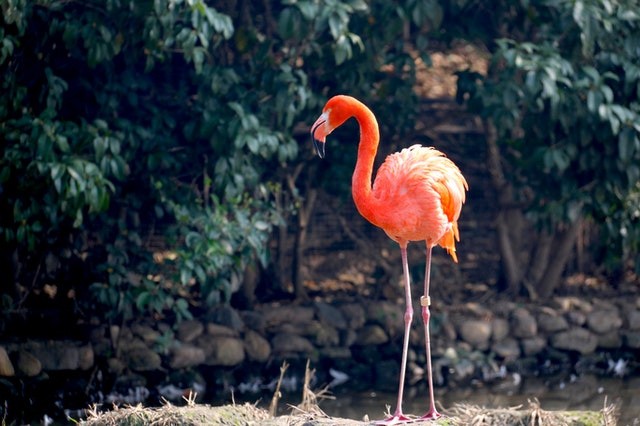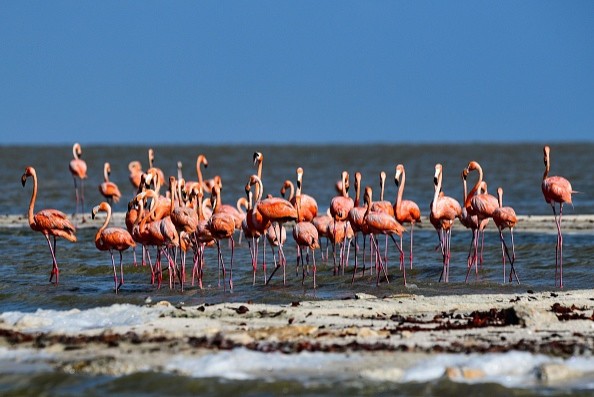After taxidermists resurrected Australia's last two flamingos, the gorgeous pink birds will be on exhibit this weekend.

Australia's Last Two Flamingos
The last flamingo in Australia (called Chile) died in 2018, while the second last (named Greater) passed on in 2014 - but they have been revived as gay symbols for the Feast festival celebration in South Australia.
Flamingos previously roamed the Australian desert, feasting in large flocks near Lake Eyre with their target being crustaceans - the same crustaceans that give salt lakes their pink tint were also responsible for the birds' color.
The previous cold age, however, saw the extinction of wild Australian flamingos. Since then, zoos in the United States have taken in Australia's sole flamingos.
In the 1930s, Greater got into Australia and he was thought to be the world's oldest flamingo in captivity.
He died at old age - when he was 83-year-old - having survived years of being beaten up by teenagers. The blind bird was assaulted by two 17-year-old lads, who left it bleeding.
Chile, Australia's only living flamingo, died in 2018 at the age of 60 from arthritis and old age. Then there were none left. Due to the fear of disease, there is a ban on transporting flamingos to Australia.
How the Birds Were Restored
Jo Bain, a taxidermy expert at the SA Museum, was in charge of freezing and then conserving them. Because he was working with skin as strong as wet toilet paper, Bain experimented with different approaches.
In September, he told the Guardian Australia that he would wake up around 3 a.m. or 4 a.m. every morning thinking about all the things that may go wrong, and how to tackle it the following day.
He constructed molds and built new, long-lasting legs to support the birds' bodies, as well as fixing their exquisite necks in place, treating the skin to make it seem natural, and feathering Chile and Greater.
After their deaths, Adelaide Zoo presented the much-loved couple to the SA Museum. It's great that their experiences and those of their species may continue to be shared, says zoo director Phil Ainsley.
"Current biosecurity rules mean we can't import flamingos anymore so for some visitors this could be the only chance to ever get up close to these birds," said Ainsley.

Restored Chile and Greater to be Displayed at the SA Museum
The resurrected Chile and Greater will be on exhibit at the SA Museum as part of the Feast event in 2021 - the gay community adopted them because of a wrong notion that they were both males.
The two flamingos became the LGBTQIA+ festival's logo after the assault on Greater and the accompanying expression of emotion.
Chile was discovered to be female after her death.
Trevor Worthy, a vertebrate paleontologist at Flinders University, claims that flamingos inhabited Australia for 30 million years. They vanished more than 25,000 years ago, according to fossilized footprints and bones found in stream beds.
Worthy claimed that there were four varieties of flamingos in Australia at one time, but his honors student Tim Niederer recently presented a thesis demonstrating that there were only two throughout the Pleistocene Epoch (the ice age). A large, stocky flamingo and a lesser flamingo would have waded into the Lake Eyre waters.
Related Article : Animal Mysteries: Why Do Flamingoes Stand on One Leg?
For more news, updates about flamingos and similar topics don't forget to follow Nature World News!
© 2025 NatureWorldNews.com All rights reserved. Do not reproduce without permission.





